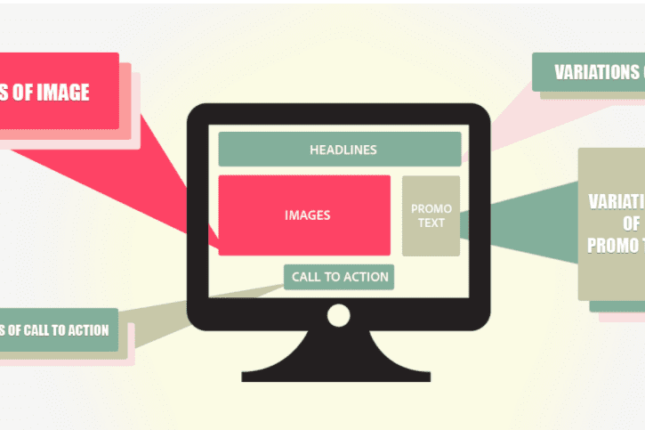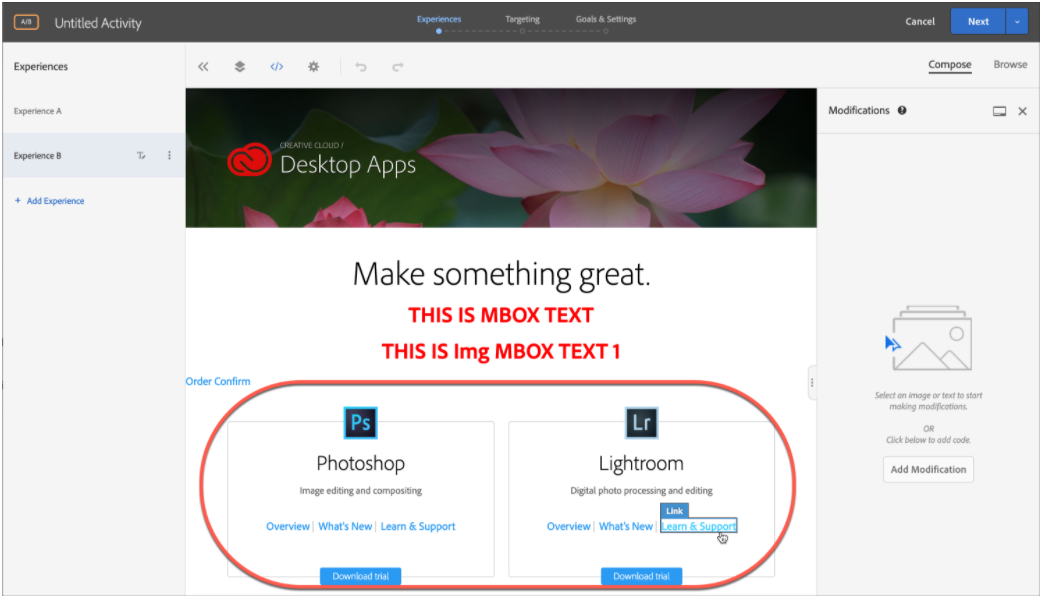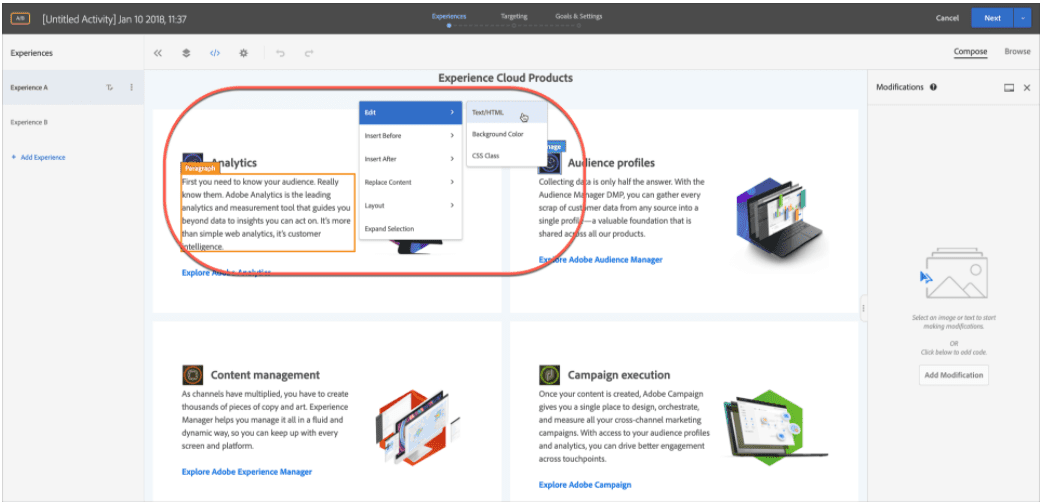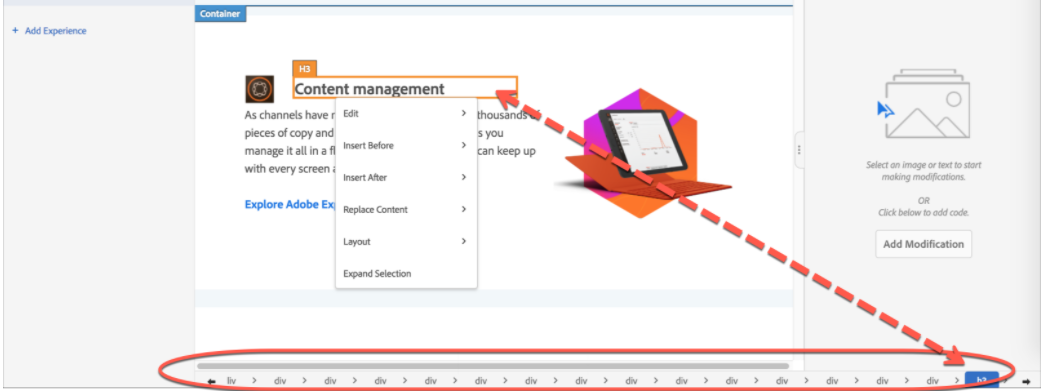What is Adobe Target?
Adobe Target is a cloud-based solution that allows personalization of user interfaces (UI) and user experiences on your web site. Adobe Target gives your web site the ability to measure users’ responses to differing UI/UX layouts. Adobe Target also allows your site to present tailored UI/UX to user’s based on their previous activity or any number of other factors that you choose from. Adobe Target allows your web site to build an experience for your users that incorporates your UI/UX, recommendations, and any testing being done on your web site.
Harnessing Adobe Target to work for you
There are several different ways to leverage Adobe Target to maximize user interaction on your company’s digital platforms. One such instance is the decision to change the layout of a site. This can be a daunting proposition for you and your company, not only in the time needed to change the design but also the potential to lost revenue as a result. This is an instance where Adobe Target excels in assisting your company. Adobe Target allows your company to create solutions that maximize revenue on all digital channels used to interact with its customers.
With easily being able to manage A/B testing and rules-based targeting activities Adobe Target can help your company maximize revenue and user interaction. A/B testing pits differing experiences against one another to analyze which experience generates more positive interaction with your website.
By setting up a new experience, it is possible within Adobe Target to retain the original design and test its effectiveness through A/B testing. Adobe Target is an excellent addition for a company because of its flexibility in the depth of technical understanding needed to get started. The Visual Experience Composer (VEC) allows non-technical individuals to make design and copy changes within the testing environment. Once an A/B testing environment is set up, the VEC allows for simple copy changes by editing the text with a built-in text editor. Alternatively, as more technically inclined individuals get involved in the processes directly editing the underlaying code that is served to the experience is possible as well. Adobe Target gives your company the ability to engage in A/B testing, Auto-Allocation of user traffic to increase conversions, Auto-Targeting users to personalize content based of machine learning, Experience Targeting which delivers content to users based on your specific rules and Recommendations wherever your company falls on the spectrum of technical ability.
The star attraction: Adobe Target’s Visual Experience Composer (VEC)
What makes Adobe Target so appealing for entering the world of user interaction is the Visual Experience Composer or VEC. The VEC allows your company to create unique user experiences by dragging and dropping, swapping and modifying the content of all its digital media.
As shown in the previous image a designer or marketing team member can navigate the experience within the VEC visual interface. This allows for many design choices to be made without any direct editing of the underlying code. However, if more widespread changes are needed and direct code editing with HTML, CSS or JavaScript is required direct manipulation of the code is also an option through adding modifications as shown on the right side of the image.
Shown below are all the ways that the VEC allows for experience customization. This provides a no-code/low code option to edit text presented on the page, use the controls to insert content before/after the current element or replace content with other offers that have been setup within Adobe Target. Similarly, those with coding knowledge are able to work within the code to change the HTML shown in the experience, change the CSS class of the element or a wide variety of CSS layout options within the Layout selection.
When working within the VEC it maybe of interest to know the relationship of the elements being changed and where it resides in the DOM. The VEC handles this very well with a visual representation of the DOM path of the currently selected element.
Utilizing Adobe Target within Adobe Experience Platform
Manipulating and changing layouts for digital is useless without proper analysis of how users react to it. Luckily, Adobe Target is an integrated part of the Adobe Experience platform which includes Adobe Audience Manager and Adobe Analytics. Using an iterative data-driven approach to presenting users with the best experience possible with the Adobe Experience Platform. Strategizing based on data from Analytics and Audience Manager to identify and prioritize activities that will benefit from a design change. Designing, building and running and analyzing tests with Analytics and Target. Allowing for insight how changes are performing and if additional changes would be beneficial to the users.
Conclusion
Adobe Target is a wonderful tool for companies to utilize in their pursuit to maximize user experience. With the low barrier of entry companies can leverage all of the experience of their own team to create the best possible digital experiences.
Want more information?
Ready to start your Adobe Target implementation? Or are you interested in learning about how iSoftStone can help you integrate components into your next web site? Please reach out!








